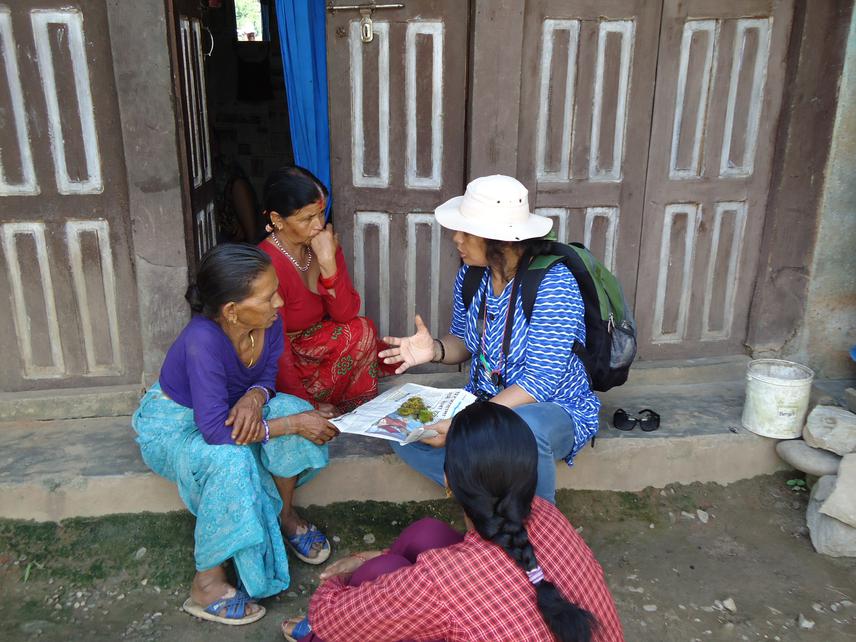Nirmala Pradhan
Other projects
26 Feb 2008
An Assessment of Biodiversity in Panch Pokhari of Sindhupalchok District of Central Nepal Emphasizing Conservation Needs
12 Mar 2014
Study on the Bryofloral Diversity, their Current Status and Conservation Issues in Central and South-Eastern Region of Sindhupalchok District, Central Nepal
This work aims to explore bryophyte diversity of the northern Sindhupalchok including its threats and possible mitigation to conserve endangered species from bring extinct.

The major aspect of this work is to explore out the diversity of bryophytes (mosses, liverworts and hornworts) occurring at different altitudinal habitats of 1500 m to 3500 m of the northern Sindhupalchok district of central Nepal.
Many species of animals are related directly or indirectly to the bryophytes either for food or shelter. No such account on inter-relationships between bryophytes and animals are known till date. The higher plant species which develops preferable habitats for many bryophyte species have not been studied before. None of information is available yet on the use of bryophytes in human society especially of the northern Sindhupalchok district of central Nepal.
So this work aims to complete all these goals like, investigating bryophyte diversity, conservation issues, interrelationship with animals and uses. Conservation awareness program will also be implemented to bring long-lasting conservation participations of the local communities. A distributional map of bryofloral species of this part will be developed for future monitoring and to bring accuracy in the conservation planning.
This work has been divided into two phases of study in order to document a complete diversity of the bryophytes occurring in this region. The first phase of study covers the diversity of July-August (summer and monsoon species) and the second phase of study in February- March brings total diversity of the spring.
Standard keys and relevant literatures will be consulted for proper identification. The faunal components associated with bryophytes will be identified accurately in the field by our expert zoologist and the higher plant species which provide significant habitats and canopy to bryophytes will be identified by our plant taxonomist of this work. The conservation status of every reported species of the bryophytes will be assessed following IUCN Redlist, CITES Appendices and using field data.